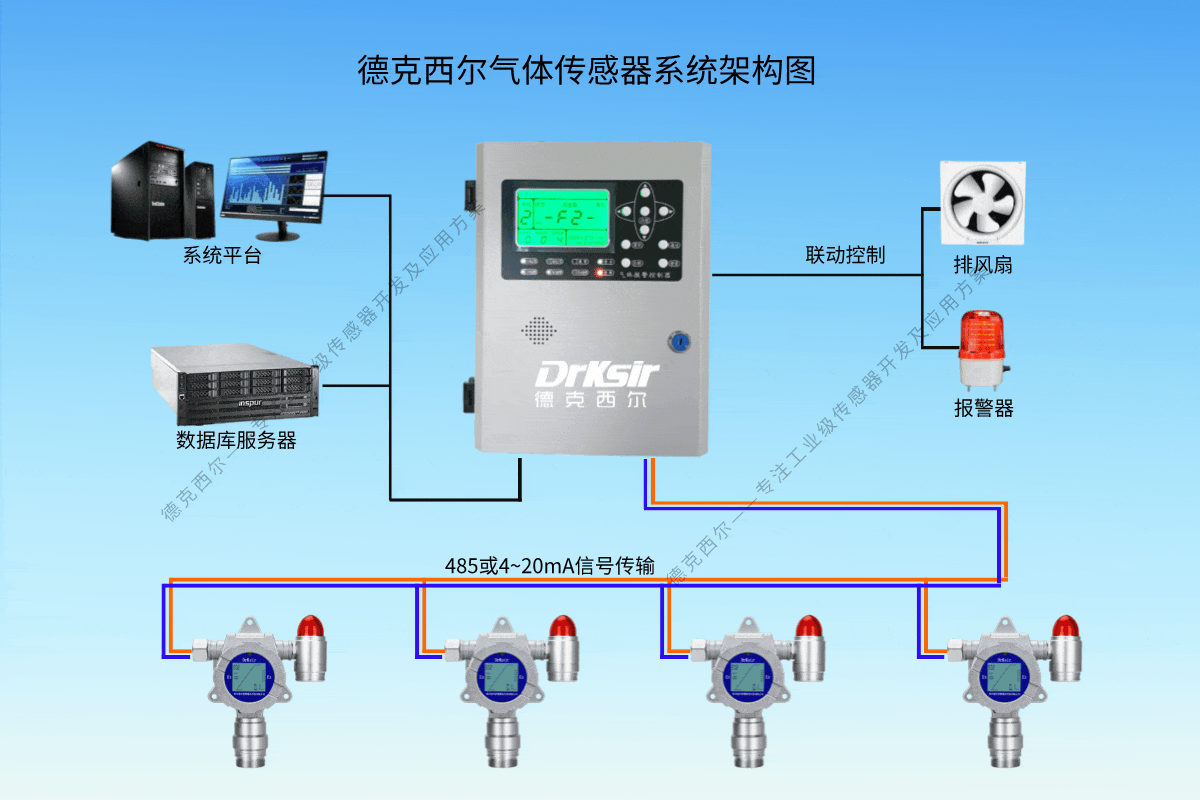感谢您的支持,我会继续努力的!



打开支付宝扫一扫,即可进行扫码打赏哦
Stationary hydrogen sensors are widely used in the following scenarios:

1. Chemical and petroleum industry: Monitoring hydrogen leakage during production, storage and transportation to ensure safe production.
2. Power industry: Especially in places where hydrogen-cooled generators are used, the concentration of hydrogen inside the generator should be monitored to prevent fire or explosion caused by hydrogen leakage.
3. Fuel cell system: used to monitor the hydrogen concentration in hydrogen fuel cell vehicles and backup power supply systems to ensure the safe operation of the system.
4. Laboratory environment: Monitor hydrogen leakage in research institutions and university laboratories for hydrogen experiment or production to ensure personnel safety.
5. Mine and underground operations: Monitoring hydrogen concentration in the working environment to prevent explosion risks.
6. Storage and logistics: In the storage of hydrogen tanks or transportation process, real-time monitoring of hydrogen leakage to ensure storage and transportation safety.
Stationary hydrogen sensors are increasingly widely used in the market, and with the rapid development of the hydrogen energy industry, the demand for hydrogen safety monitoring is growing. Especially in hydrogen fuel cell vehicle refueling stations, hydrogen energy storage systems, and safety monitoring in the chemical industry, the demand for stationary hydrogen sensors has increased significantly. With the advancement of technology, the sensitivity, response time, stability and durability of sensors continue to improve, while the cost is gradually reduced, making their applications in various industries more and more popular. More intelligent and integrated products have appeared on the market, which can be seamlessly connected with remote monitoring systems to provide users with real-time hydrogen concentration data, effectively improving the efficiency and accuracy of safety management.

关注公众号
了解更多传感器知识
公众号:德克西尔

加微信
购买传感器产品
微信号:Drksir-13515810281
